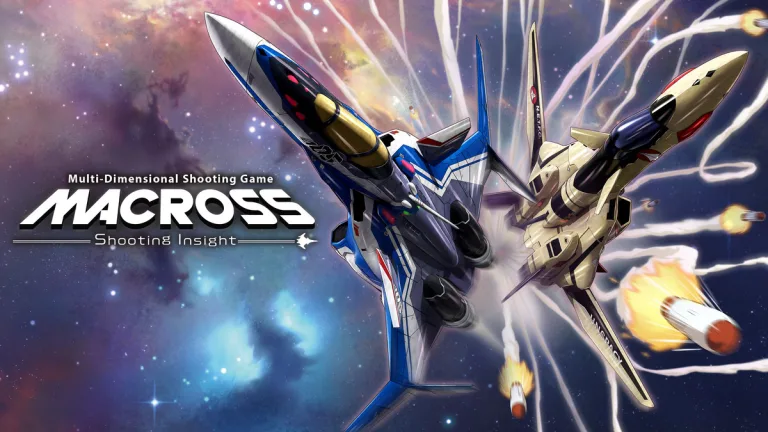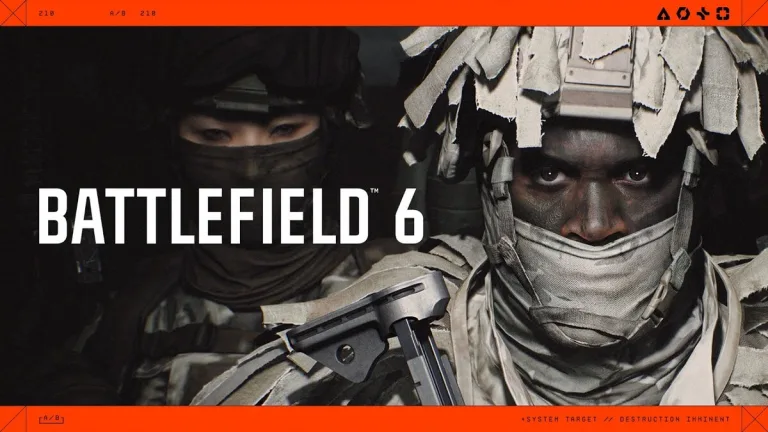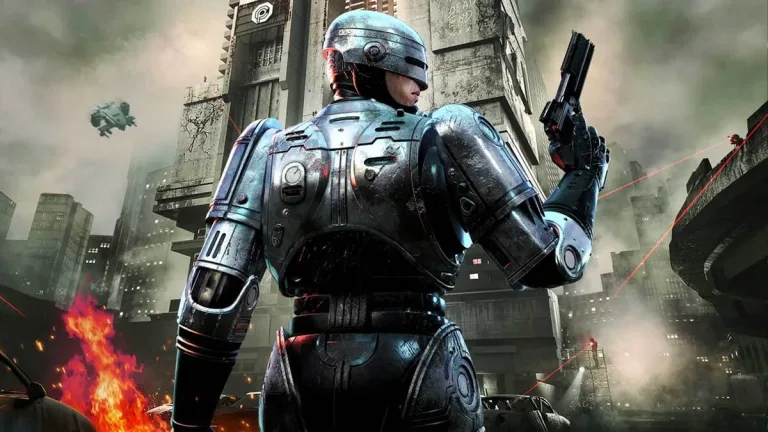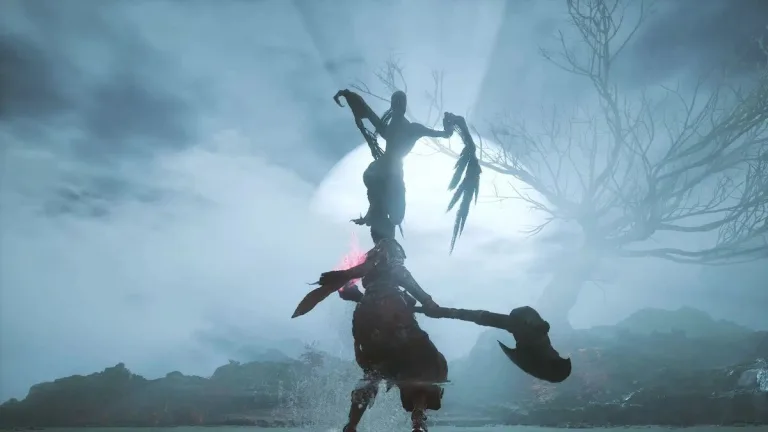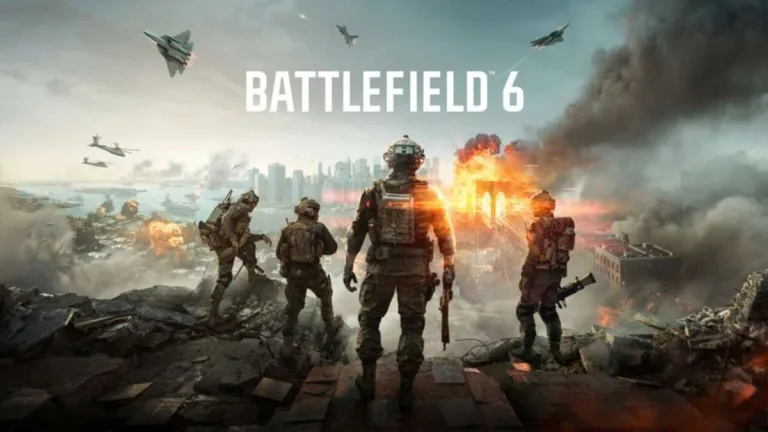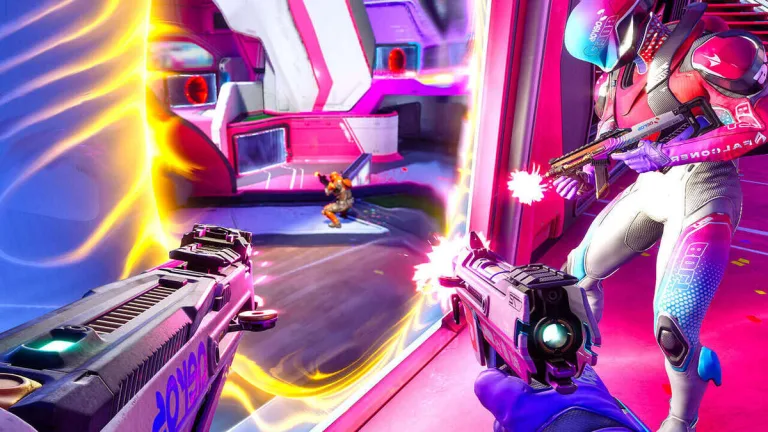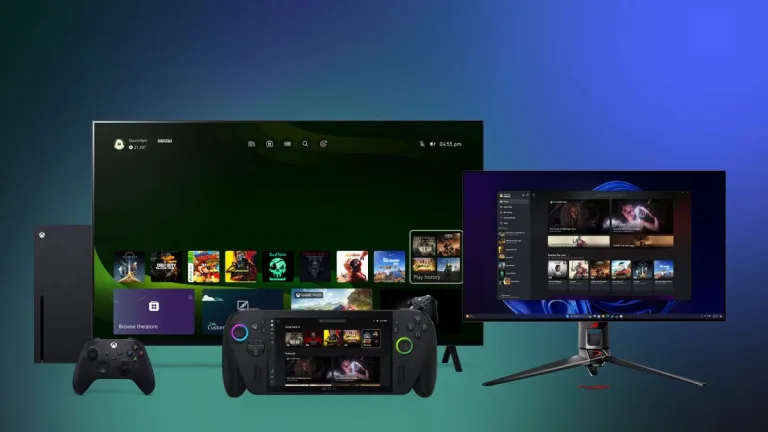Sony’s unveiling of the FlexStrike Wireless Fight Stick marks a pivotal moment in PlayStation’s hardware history. For...
For many long-time fans of the Macross franchise in the West, the journey to get new official...
After months of speculation and cryptic teases, EA and Battlefield Studios have finally lifted the curtain on...
RoboCop: Rogue City – Unfinished Business is an expansion of the original game that, while presented as...
Wuchang: Fallen Feathers begins as a traditional Souls-like, but after a few hours, it unveils a deeper...
After years of anticipation and speculation, Electronic Arts and Battlefield Studios have officially lifted the curtain on...
In a move that’s as surprising as it is sobering, developer 1047 Games has announced that Splitgate...
The latest Pokémon Presents showcased a wealth of announcements spanning new games, expansions, media projects, live events,...
The gates of hell have opened, and Saber Interactive, in collaboration with Boss Team Games, has finally...
Microsoft’s latest update for Xbox Insiders marks a pivotal moment in the brand’s ongoing mission to unify...



